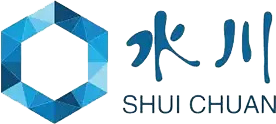In recent years, the textile industry has seen a remarkable shift towards sustainable practices, driving innovation and transformation across its various sectors. One of the most significant developments in this journey is the emergence of Black Direct Dye. This dye not only offers a rich and vibrant color but also presents an eco-friendly alternative to traditional dyeing methods that often rely on harmful chemicals and processes. As consumers become more conscious of environmental impacts, the textile industry’s embrace of Black Direct Dye exemplifies how creativity and sustainability can go hand in hand.
Moreover, the global textile production landscape is being reshaped by the adoption of Black Direct Dye, making it more pertinent in discussions about ethical sourcing and environmental responsibility. By exploring the myriad benefits of this dye, including its efficiency in application, reduced water usage, and lower carbon footprint, we can better understand its role in promoting a more sustainable future for fashion. As we delve deeper into the transformative impact of Black Direct Dye, we will uncover how this innovation is not just a trend, but a pivotal component in the ongoing evolution of global textile practices.
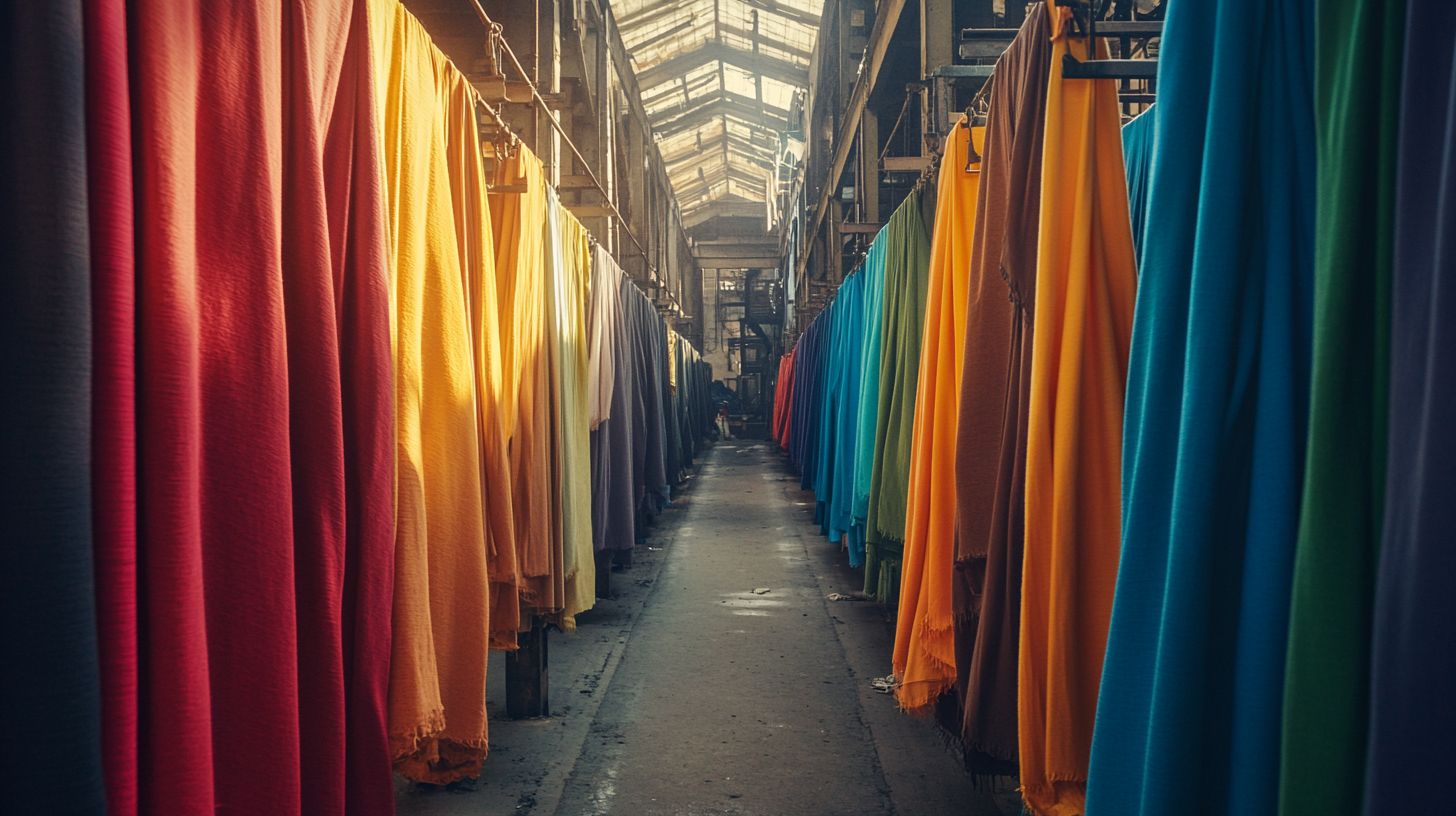
The history of black direct dye in textile culture is steeped in historical significance and transformation. Beyond its aesthetic appeal, black dye has played a crucial role in global textile production, tracing back to ancient traditions where natural sources of dye were utilized. For centuries, different civilizations harnessed the power of materials like plants and minerals to create rich black hues in their fabrics. This pursuit of color not only reflected artistic expression but also conveyed cultural identity and status. Indigo, renowned for its striking blue, is often overshadowed by the dark narratives of exploitation and slavery that accompanied its production. As industries evolved, the introduction of synthetic dyes in the 20th century transformed the textile landscape. This change shifted the focus from labor-intensive natural dye processes, including black dyes derived from various botanicals, to more efficient yet ethically ambiguous synthetic alternatives. The transition raises important questions about sustainability and cultural heritage, as the resurgence of interest in traditional dyeing techniques reflects a growing desire to reconnect with historical practices. In India, the art of block printing showcases the rich tapestry of textile culture, where black dyes have long been integral. The intricate designs, often created using natural dyes, speak volumes about the craftsmanship that has been honed over generations. As artisans strive to preserve this ancient skill, black direct dye emerges not just as a color but as a symbol of resilience, artistry, and the ongoing journey of textiles in a rapidly changing world.
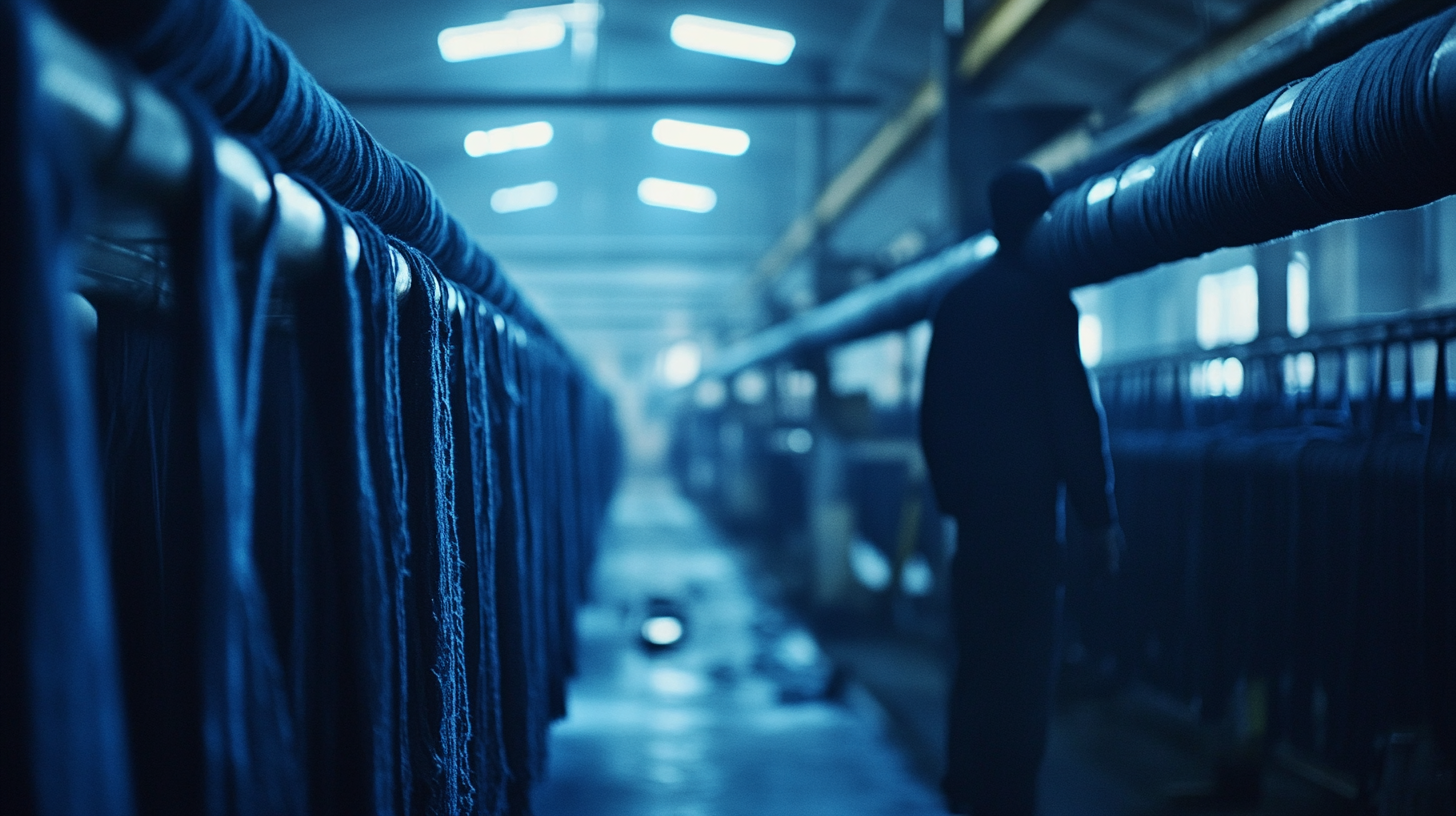
The textile industry is undergoing a significant transformation with the introduction of innovative techniques, particularly in the use of Black Direct Dye. This versatile dyeing method not only provides deep, rich hues but also enhances the overall efficiency and sustainability of fabric production. Recent reports indicate that the demand for direct dyes has grown by approximately 8% annually, a trend driven by the increasing need for faster production cycles and eco-friendly solutions.
One of the most impactful aspects of Black Direct Dye is its compatibility with various fabric types, including cotton, silk, and synthetic fibers. According to a 2022 market analysis, the direct dye market is projected to reach USD 1.2 billion by 2027, emphasizing the shift towards this effective dyeing technique. Its rapid application reduces water consumption by up to 50%, a crucial factor given the textile sector's water-intensive nature. This aspect has become a key selling point for brands seeking to improve their sustainability credentials while meeting consumer demands for responsible production.
Additionally, the time efficiency associated with Black Direct Dye processes is noteworthy. With shorter fixation times compared to traditional dyeing methods, manufacturers can significantly reduce lead times and improve inventory turnover. For example, research from the International Textile Manufacturers Federation shows that adopting direct dyeing techniques can help reduce production times by as much as 30%. This not only benefits manufacturers but also allows retailers to respond quickly to changing fashion trends, thereby enhancing competitiveness in the fast-paced textile market.
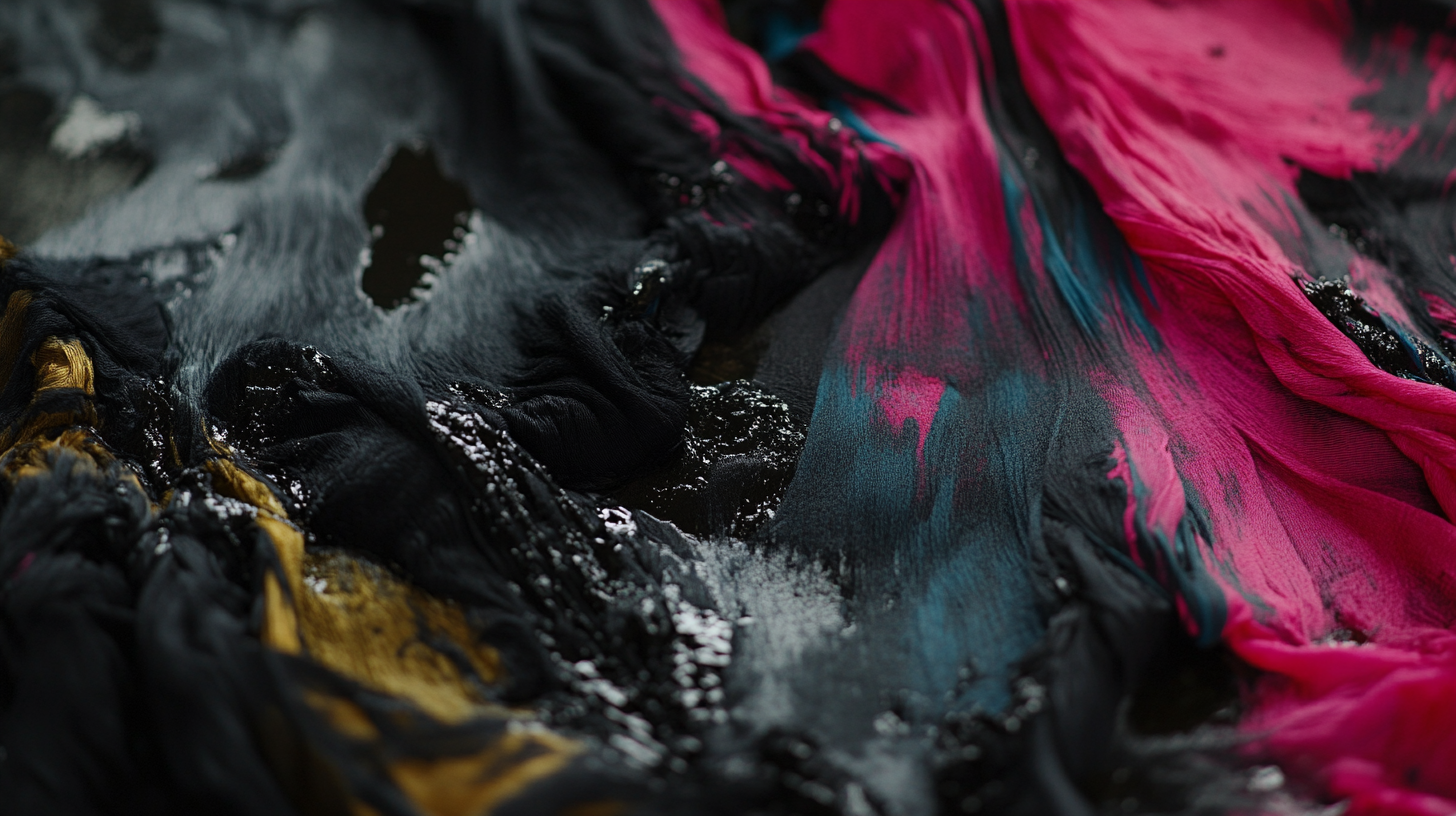
The global textile industry is undergoing significant transformation with the adoption of sustainable practices, particularly in dyeing processes. The utilization of black direct dyes is at the forefront of this revolution, as they offer both aesthetic appeal and lower environmental impacts compared to conventional dyes. Recent studies highlight that black direct dyes can reduce water pollution levels by approximately 20%, which is crucial for the health of aquatic ecosystems commonly affected by textile manufacturing runoff. By incorporating advanced dyeing technologies that employ these dyes, textile producers are minimizing their carbon footprint and fostering a more sustainable approach to production.
Moreover, the enhancement of wastewater treatment through innovative biotechnological methods, such as filamentous fungi, is proving to be a game-changer in addressing the textile industry’s pollution challenges. Filamentous fungi exhibit diverse enzymatic capabilities that can aid in the recovery of valuable resources from industrial wastewaters. Reports indicate that deploying these fungi in treatment processes can lead to a reduction in chemical oxygen demand (COD) by up to 70%, significantly improving water quality before it re-enters natural waterways. This synergy between sustainable dyeing practices and advanced bioremediation techniques underscores the critical need for a holistic approach to textile production that prioritizes environmental health.
As the industry moves towards more sustainable alternatives, the impact of black direct dyes extends beyond just color; it reflects a broader commitment to environmental responsibility. The integration of sustainable practices not only signifies a shift in production ethics but also offers economic advantages to textile manufacturers, who can benefit from reduced treatment costs and enhanced brand reputation. Industry reports suggest that embracing these eco-friendly dye technologies can result in cost savings of up to 30% in wastewater treatment, making a strong case for their widespread adoption.
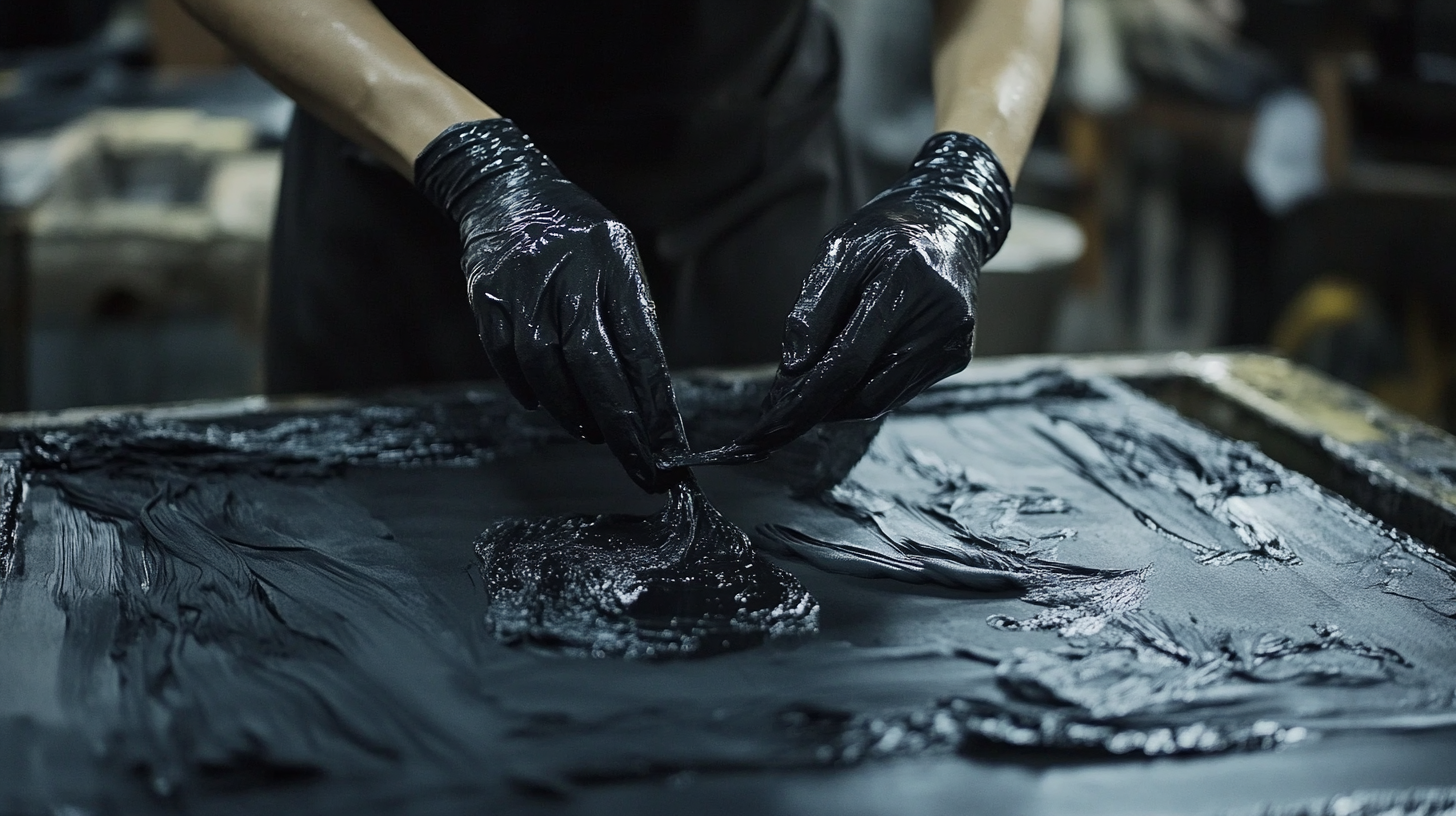
The rise of black direct dye in the fashion industry is a fascinating trend that showcases the interplay between sustainability and global market dynamics. As brands begin to prioritize eco-friendly practices, black direct dye emerges as a viable alternative to traditional synthetic dyes, offering a more sustainable solution. This shift is particularly significant in the context of India’s burgeoning apparel market, where the demand for innovative and environmentally friendly textiles is on the rise. With India positioned to reshape the global fashion landscape, the integration of black direct dye could play a pivotal role in establishing new standards for sustainable production.
Furthermore, the need to decelerate fast fashion due to its environmental impact resonates with the adoption of black direct dye. Fast fashion has faced increasing scrutiny for its unsustainable practices, particularly in regions experiencing the adverse effects of climate change. By adopting sustainable dyes, the industry has an opportunity to reduce its carbon footprint while catering to a growing consumer base that values ethical fashion. This trend aligns with broader global movements advocating for sustainable practices across various sectors, including beauty and personal care.
In light of these developments, the beauty industry is also witnessing a shift in its approach to sustainability. As trends evolve towards eco-conscious products, the synergy between fashion and beauty provides fertile ground for innovative solutions. By exploring sustainable dye options like black direct dye, the fashion industry not only enhances its appeal but also contributes to a larger narrative of responsibility and sustainability in global trade. The interplay of trends in fashion and beauty will continue to evolve as brands seek to address the changing demands of conscious consumers, making the future of textile production an exciting space to watch.
The textile industry is witnessing a revolution with the emergence of black direct dye applications, which are poised to change the global landscape of fabric manufacturing. As highlighted in the “Textile Dyes Market 2022-2026” report by Mordor Intelligence, the demand for direct dyes, particularly in black, is projected to grow at a CAGR of 4.5%. This trend is largely fueled by the rising consumer preference for sustainable and eco-friendly products, prompting manufacturers to seek dyes that offer both quality and environmental benefits.
Innovations in black direct dye technology are enhancing the colorfastness and overall quality of textiles, making them more appealing to both manufacturers and consumers. According to a study published in the "Journal of Cleaner Production," the optimized use of direct dyes can reduce water usage by up to 30% and energy consumption by 20%. Furthermore, with advancements in dyeing techniques, such as low-water and digital printing methods, the industry is not only reducing its environmental footprint but also catering to the fast-changing fashion trends that prioritize quick turnaround times.
Looking forward, the continued evolution of black direct dye applications is expected to include smart textiles and multifunctional fabric solutions. The market is diversifying, as reported by Research and Markets, which estimates that the global smart textiles market will reach $7.3 billion by 2026, presenting a significant opportunity for black direct dyes in creating innovative, responsive textiles that meet modern performance standards. As the industry navigates these transitions, the commitment to sustainability and technological advancement will play a crucial role in shaping the future of textile production.
